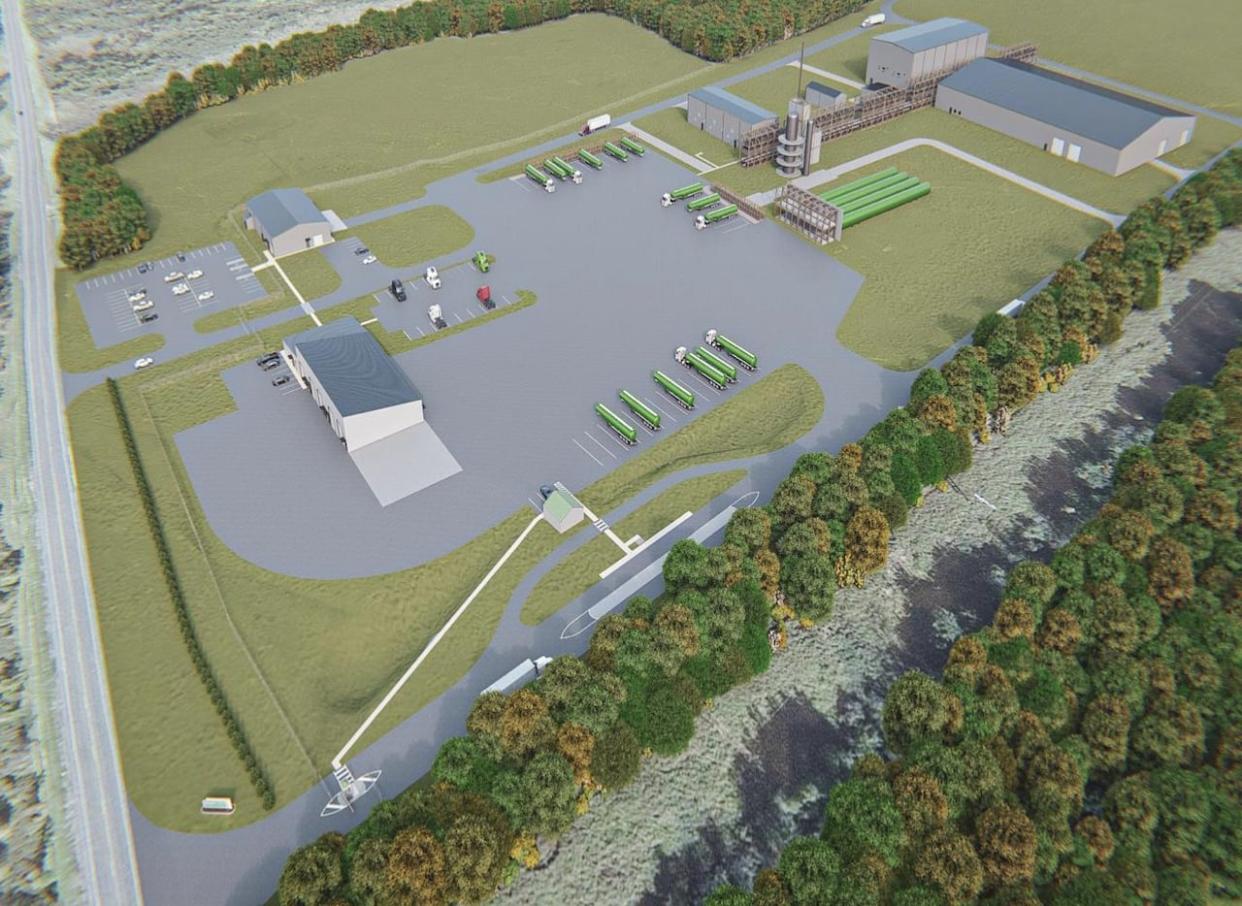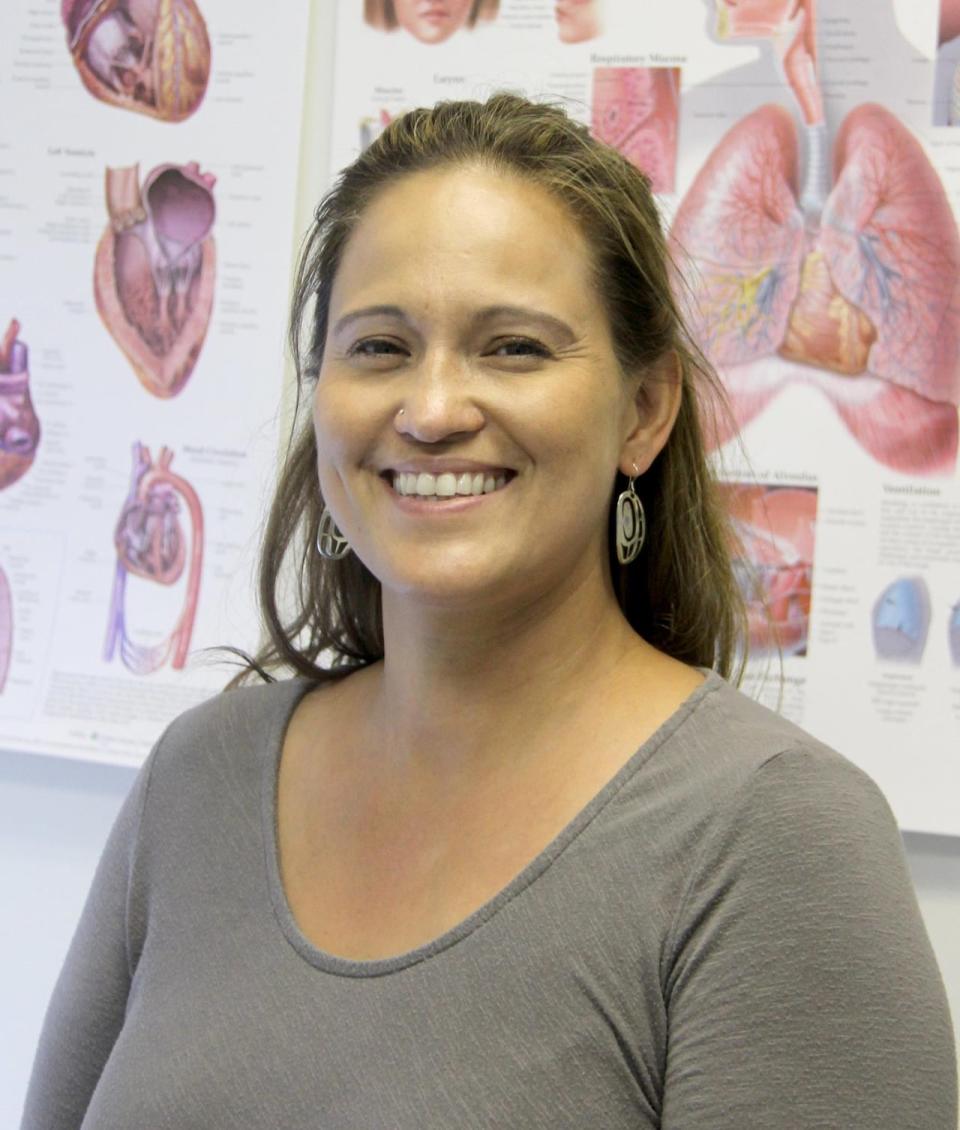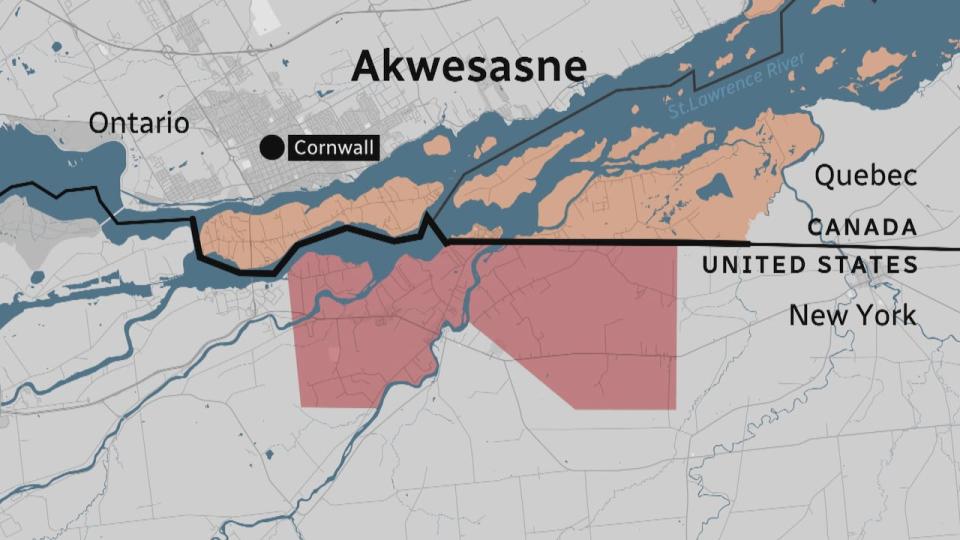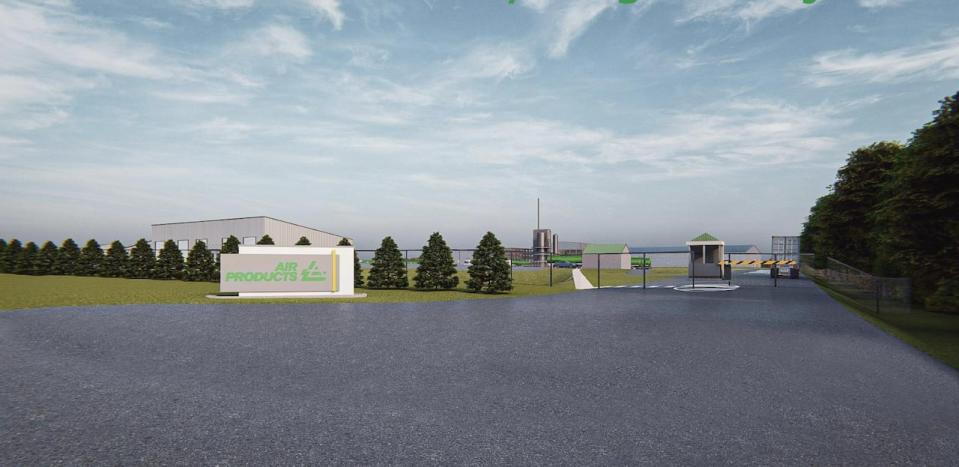Akwesasne residents have concerns about proposed hydrogen facility in N.Y. state

Residents of Akwesasne are concerned about plans to develop a hydrogen facility near the Kanien'kehá:ka (Mohawk) community.
Air Products and Chemicals Inc., an industrial gas company, is proposing to construct the facility in Massena, N.Y., about 30 kilometres west of Akwesasne, which straddles the Quebec, Ontario and New York state borders.
Dr. Ojistoh Horn, a family physician with the Mohawk Council of Akwesasne's department of health for the last nine years, is leading efforts to raise awareness of community concerns with the project.
"This was a place where people went to pick medicines and get healthy," said Horn, a board member of the Canadian Association of Physicians for the Environment.
"We still lost so much and have been removed from our ability to steward the land."
While the company has consulted the environment division of the St. Regis Mohawk Tribe (the elected government on the U.S. side), she said the community — which is split between the United States and Canada — was largely unaware of the project.
"It totally doesn't go with free prior and informed consent," said Horn.

Ojistoh Horn, who is from Kahnawà:ke, has been a family doctor with the Mohawk Council of Akwesasne's Department of Health since 2015. (Mohawk Council of Akwesasne/Facebook)
The facility will produce up to 35 tonnes per day of liquid hydrogen by electrolysis using water from the St. Lawrence River. The hydrogen is intended for use as a low-carbon fuel in the transportation industry.
Any water discharge, or effluent, from the facility is proposed to flow to the Massena Power Canal, which connects to the lower Grasse River and eventually back to the St. Lawrence.
In December, Air Products applied to New York state for a State Pollutant Discharge Elimination System (SPDES) permit for wastewater discharge.
Horn is among a grassroots group of residents calling for the permit to be denied. Their concerns include the clearing of the land for the plant, truck traffic of highly flammable liquid hydrogen, the consumption of water from the river, and the contents and temperature of the effluent.
The effects of the wastewater discharge on the already contaminated river also concern Horn.
"How they discharge the effluent, that upsets me…. It's how it disturbs sleeping giants," said Horn.
"It's not just so much that we don't want any more environmental [harm], we don't want to disturb what has been put to sleep."
The New York State Department of Environmental Conservation, which is working with both Massena and St. Regis Mohawk Tribe, said in an emailed statement that it will evaluate all comments and prepare a response to comments before a final decision is made on the permit application.
History of industrial pollutants
Both Akwesasne and Massena sit along an industrialized stretch of the St. Lawrence River, or Kaniatarowanenneh in Kanien'kéha. For decades, hazardous wastes from industry contaminated both the land and water.

The Akwesasne territory is divided by the St. Lawrence River and the Canada-U.S. border. (CBC)
An 80-kilometre stretch of the river remains a designated "area of concern" by Canada, the United States and Akwesasne.
The proposed hydrogen facility site is adjacent to Alcoa West, an aluminum manufacturing plant. Alcoa's past production released hazardous substances, like PCBs, onto its property and through outfalls to the Grasse River and Massena Power Canal.
Remediation work at the Grasse River site, including laying a cap over PCB-contaminated sediment in the river, was completed in 2021.
"I'm very concerned that the effluent discharge from Air Products is going to disrupt the PCBs that have been so-called-sequestrated," Horn said.
The Town of Massena issued a negative declaration in its environmental review of the project in June 2023, deciding the project won't have a significant impact on the environment.
Consultation with St. Regis Mohawk Tribe
Air Products said in an emailed statement that it takes public concerns about the project seriously.
The company said it had numerous engagements with the leadership of the St. Regis Mohawk Tribe and will host a public information meeting for all residents at the Akwesasne Mohawk Casino, on the U.S. side of the border.
"The meeting offers community members an opportunity to meet with Air Products' project leadership and ask questions they may have," said spokesman Art George.
"Air Products always strives to be a good corporate citizen and goes over and above regulatory guidelines many times in its operations."

The facility will produce up to 35 tonnes per day of liquid hydrogen from water by electrolysis. (Submitted by Air Products)
A news release from the St. Regis Mohawk Tribe said it is aware of the concerns about the environmental review process and pollution allegations, and that it is committed to protecting the community's health and safeguarding ecosystems.
"The legacy of these sites is ongoing, and we have elevated residuals of PCBs and other contaminants in our fish," Tony David, director of the environmental division at the Saint Regis Mohawk Tribe, told CBC Indigenous.
"I think it's perfectly understandable that our community is risk averse when it comes to industrial manufacturing."

Tony Davis is the director of the St. Regis Mohawk Tribe's environment division. (Submitted by Tony David)
David said, based on their review of the project, it fits as a renewable energy development.
The environment division conducted its own review of the State Environmental Quality Review and assessed potential impacts, and decided it is well regulated and that permit requirements are protective of both aquatic resources and public health.
"The state of New York has very strict, very stringent requirements when it comes to protecting aquatic resources and the effluent that is coming from Air Products is no different," said David.
The public information meeting will be held March 11.

